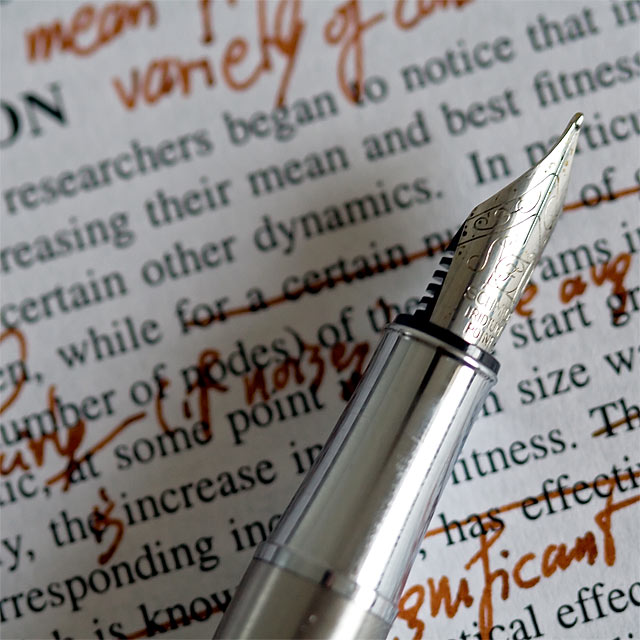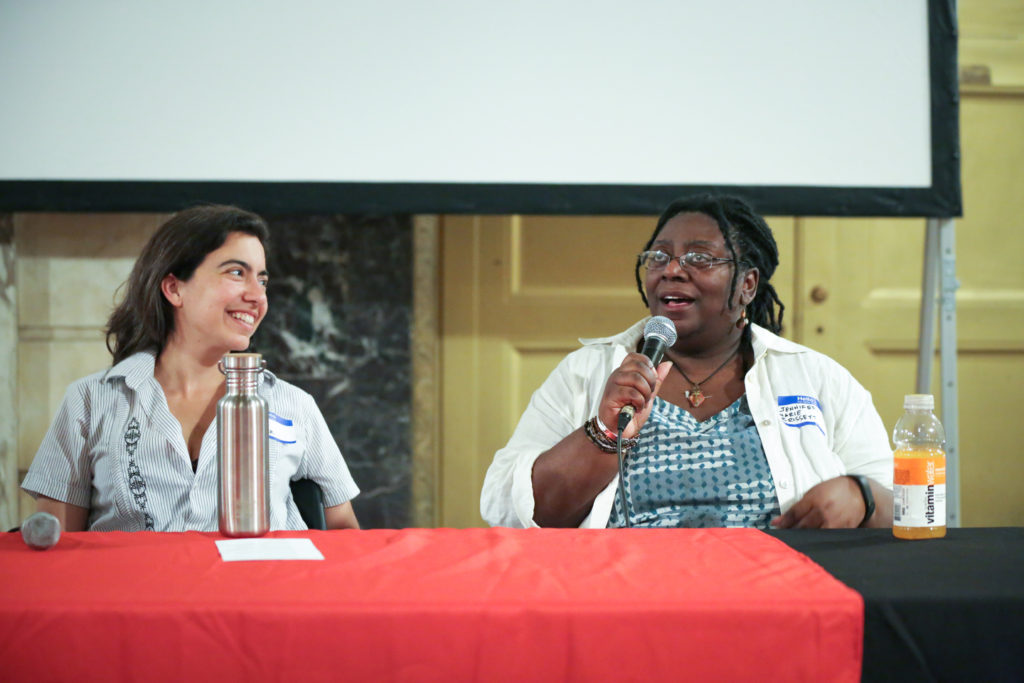Whiting Award-winner Alexander Chee on post-its, the virtues of retyping, and committing to the process.

November 20, 2012
In anticipation of our first annual publishing conference, we’ve rounded up advice from your favorite authors to help demystify the daunting task of honing and proving your skills as a published author. Tune in weekly to glean valuable insider advice on disciplining your craft, the tedium of revision, and when to dump your inscrutable muse. First up are tips from the author of Edinburgh, Alexander Chee.
1. Try to be a master of story more than style, or at least as much as style. I see too many young writers who become aesthetes at the cost of narrative. You’re telling a story. Anything else is just a ploy for attention, and will eventually collapse. Style without story is an empty suit.
2. When revising, especially a longer work, work off a printout. When you are moving text around, outline it and number it, and use a post-it to mark the page. And then use the number to refer to the section when you mark where it will go in the text. You can even number the post-it if it helps. It helps organize what can otherwise be overwhelming series of little marks and arrows.
3. When revisions seem impossible, try retyping. Open a blank file, use the printout and see what happens—usually something better starts to appear. In the age of the computer, we can get so into cutting and pasting, and the truth of a sentence after another sentence is you are making a kind of energetic momentum—cutting and pasting it can kill the sequence, send the charge falling apart. Retyping can put that back together.
4. Usually in a rough draft you’ll try to describe something at least three ways. Usually only one description should stay. Sometimes you’re choosing the best, or turning the three into one, or using the three as the guide to the one you mean.
5. As much as you can, write a draft to the end before undertaking any major cuts or edits. You won’t know until then what does or doesn’t fit properly—the writing of the ending is when the draft reveals itself to you in its entirety. The experience will be your guide to making the same thing happen for a reader. You can put yourself on some pretty fruitless missions editing-wise if you allow yourself to try and edit before you are done with drafting, as the two energies—drafting and revision—are very different. When you draft, you need to believe anything could happen. When you revise, you know only one thing can, the most likely thing. Crossing these energies will usually result in paralysis. Commit to the process, drafting first, revision second, redrafting as needed for what’s missing, next revision, and see what happens.



